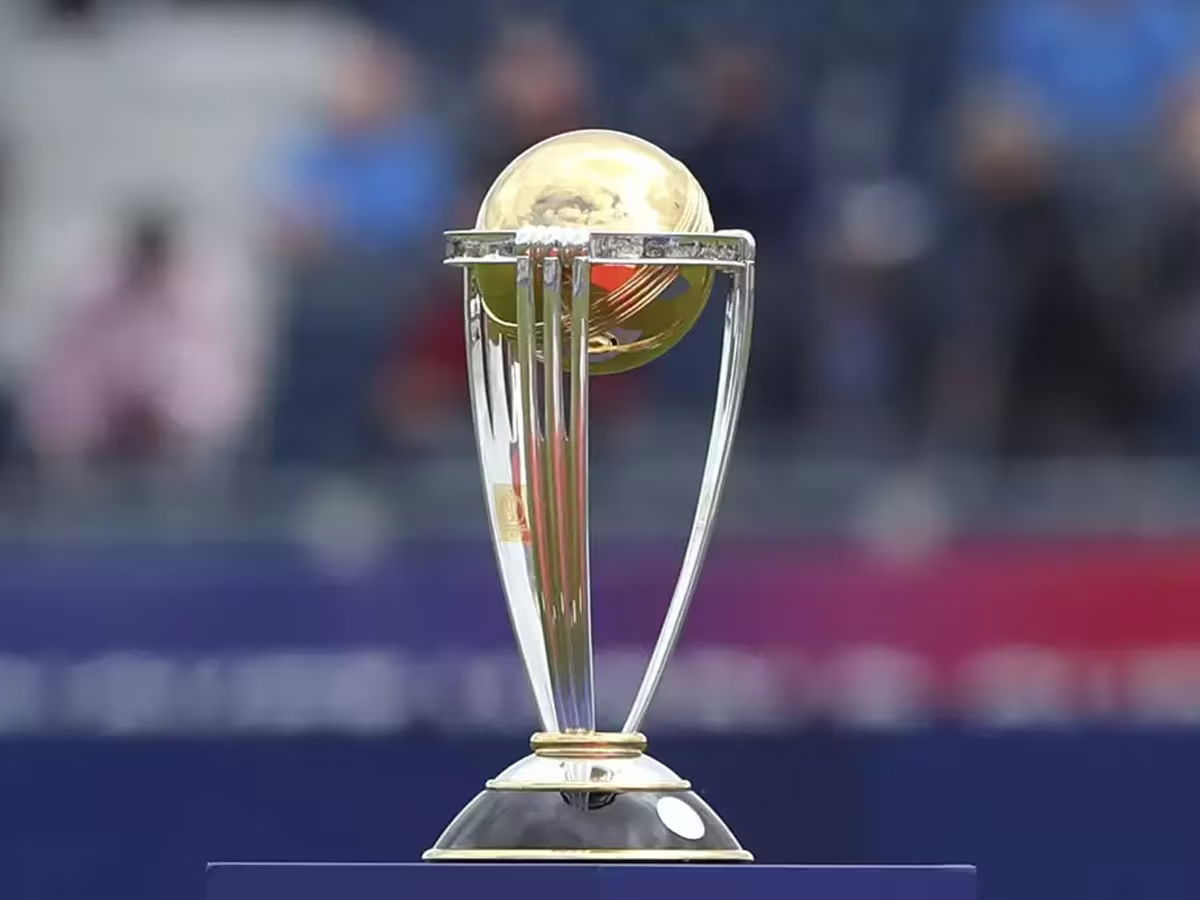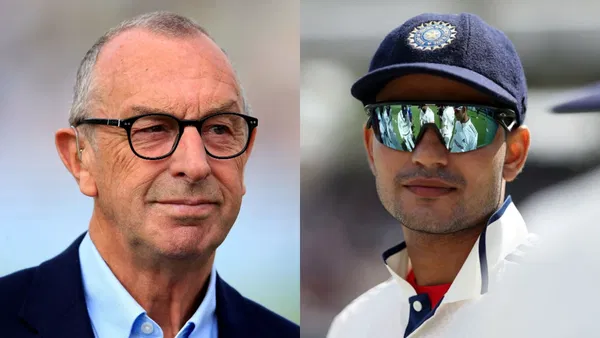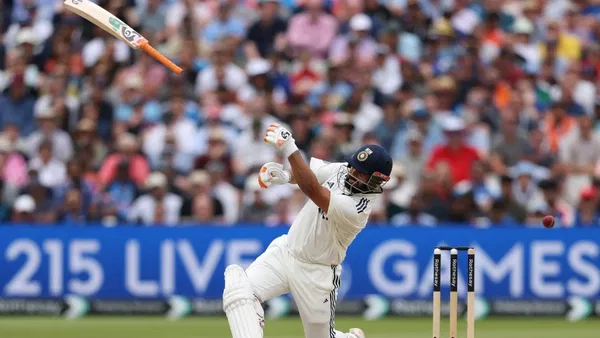ICC World Cup 2023: ICC Asks Curators To Have Green Pitch And Bigger Boundaries To Counter Dew Factor
Published - 20 Sep 2023, 01:01 PM | Updated - 23 Aug 2024, 12:19 AM

The highly-anticipated ICC World Cup 2023 is scheduled to be played in India from October 5 to November 19. India will be hosting the ODI World Cup alone for the first time. The tournament will be played across ten venues and almost every part of the country will be hosting the games during the marquee event.
While the World Cup promises to be a spectacular event, dew can play spoilsport. When the T20 World Cup was held in the UAE in 2021, teams batting second had a clear advantage due to the dew. Toss plays a vital role in such a scenario as teams tend to bowl first after winning the toss and they usually end up on the winning side.
In order to ensure that dew does not dictate a tournament like the World Cup, the International Cricket Council (ICC) has decided to take some big steps. The governing body of the game has come up with a number of protocols for the curators across venues to ensure that the impact of the dew and consequently, the toss is reduced to an extent.
ICC looks to minimise dew effect during ICC World Cup 2023:
With the ICC World Cup 2023 to be played in October-November, most of the venues are likely to be affected by heavy dew. And to counter dew, the ICC has taken a couple of measures. The apex body has asked the curators to leave as much grass as possible on the pitches to ensure that seamers stay in the game. The presence of grass will make most of the teams pick more seamers in the playing XI.
“Venues in the northern, western and eastern states of India are likely to witness heavy dew at this time of year. Matches in Chennai and maybe Bengaluru are likely to see a decent amount of rain. The main idea is to keep the toss out of the equation as much as possible.
“Dew largely impacts the performance of spinners. With more grass, teams will not have to depend as much on spinners. That will also help in having true surfaces. And ODI games don’t need to see very high scores to be interesting,” a source told the Times of India.
The ICC has also taken a big call on the boundary six to ensure a balance between bat and ball. The ICC has suggested that stadiums should have the maximum possible boundary size. As per the report, the venues have been told to maintain boundary sizes of around 70 metres.
“The minimum size of boundaries for international matches is 65 metres and maximum is 85 metres. The old centres have a boundary size of around 70-75 metres. It has been suggested that boundaries should be kept more than 70 metres.
“The Indian cricket board (BCCI) has also directed curators to use a wetting agent that has been standardized by the board and ICC. Most venues these days use similar wetting agents. But now the board has directed every centre to not use any other wetting agent than what has been prescribed,” sources said.
The World Cup will get underway on October 5 with a mouthwatering clash between defending champions England and New Zealand in Ahmedabad.
Tagged:
ICC ICC World Cup 2023About the Author

Mukesh Singh is an Author and Editor at Cricketaddictor. Mukesh has been associated with the organiz... Read more












